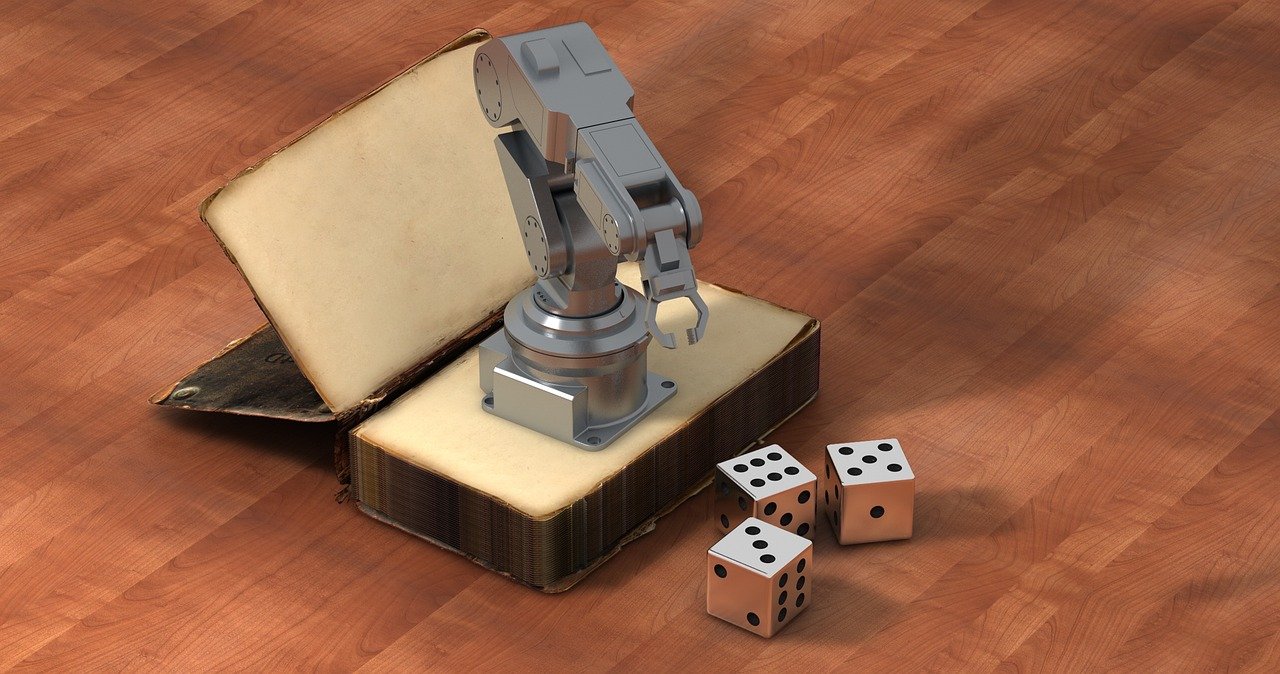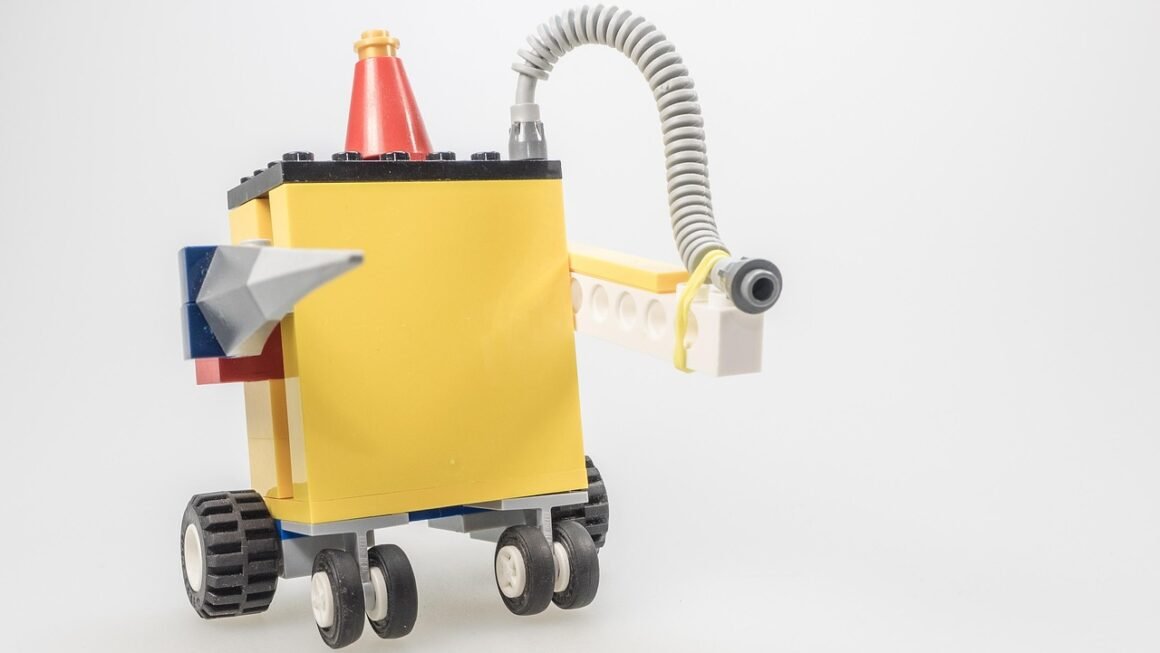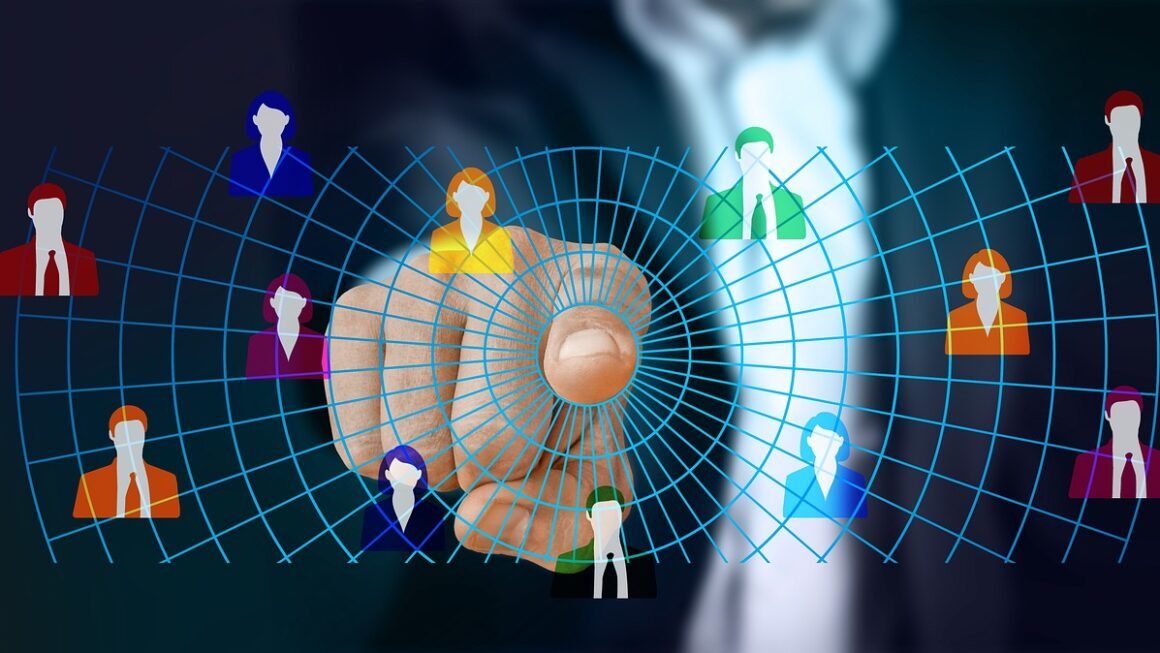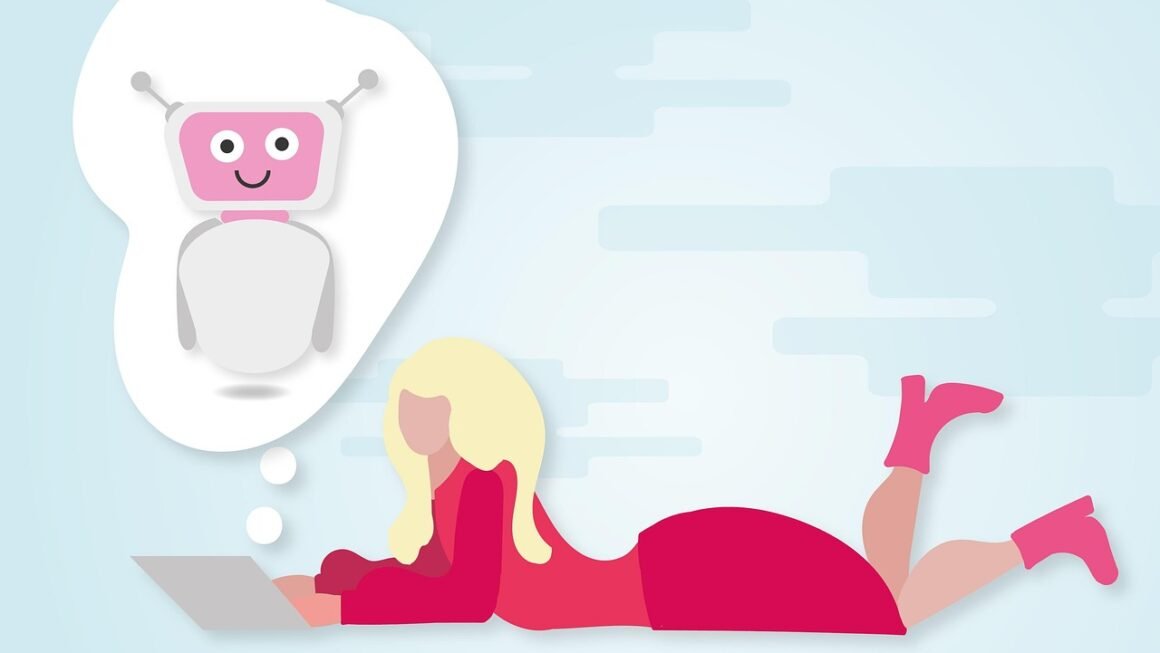The convergence of Artificial Intelligence (AI) and robotics is revolutionizing industries across the board, creating smarter, more efficient, and autonomous systems. This fusion is no longer a futuristic fantasy, but a present-day reality, impacting everything from manufacturing and healthcare to logistics and exploration. As AI algorithms become more sophisticated and robots become more adaptable, the potential for innovation is virtually limitless. This blog post will delve into the various facets of AI in robotics, exploring its applications, benefits, and future trends.
Understanding AI-Powered Robotics
What is AI in Robotics?
AI in robotics involves integrating artificial intelligence algorithms into robotic systems to enable them to perform tasks autonomously and intelligently. It goes beyond simple automation, allowing robots to learn from data, adapt to changing environments, and make decisions without explicit programming for every scenario. This synergy enables robots to handle complex, unpredictable tasks, making them valuable in dynamic environments.
- Traditional Robotics: Relies on pre-programmed instructions. Robots perform repetitive tasks in a structured environment.
- AI-Powered Robotics: Robots utilize sensors, data analysis, and machine learning to adapt, learn, and make decisions independently.
Key AI Technologies Driving Robotics
Several AI technologies are crucial to enabling advanced robotic capabilities:
- Machine Learning (ML): Allows robots to learn from data without being explicitly programmed.
Example: Training a robot to recognize different objects on a conveyor belt using a large dataset of images.
- Computer Vision: Enables robots to “see” and interpret images and videos.
Example: Autonomous vehicles using computer vision to detect pedestrians, traffic signals, and lane markings.
- Natural Language Processing (NLP): Enables robots to understand and respond to human language.
Example: A customer service robot understanding and responding to customer inquiries in natural language.
- Reinforcement Learning: Allows robots to learn through trial and error, optimizing their actions to achieve a specific goal.
Example: Training a robot to navigate a complex maze by rewarding it for successful moves.
- Planning and Decision Making: Allows robots to strategize and execute complex tasks based on their understanding of the environment and goals.
Example: A warehouse robot deciding the most efficient route to pick and pack items for an order.
Applications of AI in Robotics
Manufacturing
AI-powered robots are transforming manufacturing processes, enhancing efficiency, and reducing costs.
- Automated Assembly: Robots can assemble complex products with greater speed and precision than human workers.
- Quality Control: AI-powered vision systems can detect defects in products with high accuracy.
Example: Using a camera and machine learning to identify scratches, dents, or imperfections on car body panels.
- Predictive Maintenance: Robots can monitor equipment and predict potential failures, minimizing downtime.
Tip: Implement sensor-based monitoring to collect data on machine performance, temperature, and vibration.
- Material Handling: Automated guided vehicles (AGVs) and autonomous mobile robots (AMRs) can efficiently transport materials within a factory.
Healthcare
AI-enabled robots are revolutionizing healthcare, improving patient care, and assisting medical professionals.
- Surgical Robots: Robots can assist surgeons with complex procedures, increasing precision and minimizing invasiveness.
Example: The da Vinci Surgical System, which allows surgeons to perform minimally invasive surgeries with enhanced dexterity and control.
- Rehabilitation Robots: Robots can help patients recover from injuries or strokes by providing personalized therapy.
- Drug Dispensing Robots: Automate the process of dispensing medications, reducing errors and improving efficiency.
- Telepresence Robots: Allow doctors to remotely examine and treat patients.
Logistics and Warehousing
AI is optimizing logistics and warehousing operations, improving efficiency, and reducing costs.
- Automated Warehousing: Robots can pick, pack, and ship orders with greater speed and accuracy.
* Example: Amazon using robots to move shelves and fulfill orders in their warehouses.
- Delivery Robots: Autonomous robots can deliver packages to customers, reducing delivery times and costs.
- Inventory Management: AI-powered systems can track inventory levels and predict demand, optimizing stock levels.
- Route Optimization: AI algorithms can optimize delivery routes, minimizing travel time and fuel consumption.
Exploration and Hazardous Environments
Robots are being used to explore hazardous environments, such as deep sea, space, and disaster zones.
- Space Exploration: Robots can explore planets and gather data in environments that are too dangerous for humans.
- Disaster Response: Robots can search for survivors, assess damage, and clear debris in disaster zones.
- Deep Sea Exploration: Robots can explore the ocean depths and collect data on marine life and geology.
- Nuclear Waste Handling: Robots can safely handle and dispose of radioactive materials.
Benefits of AI in Robotics
Increased Efficiency and Productivity
- Robots can work 24/7 without breaks, increasing productivity and throughput.
- Automation of repetitive tasks frees up human workers to focus on more complex and creative tasks.
Improved Accuracy and Precision
- Robots can perform tasks with greater accuracy and precision than human workers, reducing errors and waste.
- AI-powered vision systems can detect defects that are invisible to the human eye.
Enhanced Safety
- Robots can perform dangerous tasks, protecting human workers from injury.
- Remote operation of robots reduces exposure to hazardous environments.
Reduced Costs
- Automation can reduce labor costs and improve efficiency, leading to significant cost savings.
- Predictive maintenance can minimize downtime and prevent costly equipment failures.
Greater Flexibility and Adaptability
- AI-powered robots can adapt to changing environments and tasks, making them more flexible than traditional automation systems.
- Machine learning allows robots to learn from experience and improve their performance over time.
Challenges and Future Trends
Challenges
- High Initial Investment: Implementing AI-powered robotic systems can be expensive.
- Data Requirements: Machine learning algorithms require large amounts of data to train effectively.
- Integration Complexity: Integrating AI with existing robotic systems can be challenging.
- Ethical Concerns: Concerns about job displacement and the potential misuse of AI-powered robots.
- Cybersecurity Risks: Protecting robotic systems from hacking and cyberattacks.
Future Trends
- Edge Computing: Processing data locally on robots, reducing latency and improving responsiveness.
- Collaborative Robots (Cobots): Robots designed to work alongside humans in a safe and efficient manner.
- Explainable AI (XAI): Making AI decision-making processes more transparent and understandable.
- Cloud Robotics: Utilizing cloud computing resources to enhance robotic capabilities and scalability.
- Advanced Sensors: Developing more sophisticated sensors that can provide robots with a richer understanding of their environment.
- Increased Autonomy: Robots becoming increasingly capable of operating independently without human intervention.
- More Specialized Applications: Tailored robotics solutions designed for niche industries and specific tasks.
Conclusion
AI in robotics is transforming industries by creating intelligent, adaptable, and efficient systems. From manufacturing and healthcare to logistics and exploration, the applications are vast and the potential for innovation is tremendous. While challenges remain, the benefits of AI-powered robotics are undeniable, driving increased productivity, improved accuracy, enhanced safety, and reduced costs. As AI technologies continue to advance and robots become more sophisticated, we can expect to see even more groundbreaking applications in the years to come, reshaping the way we work and live. Embracing this technological evolution is crucial for businesses and individuals alike to stay competitive and harness the power of AI in robotics.



